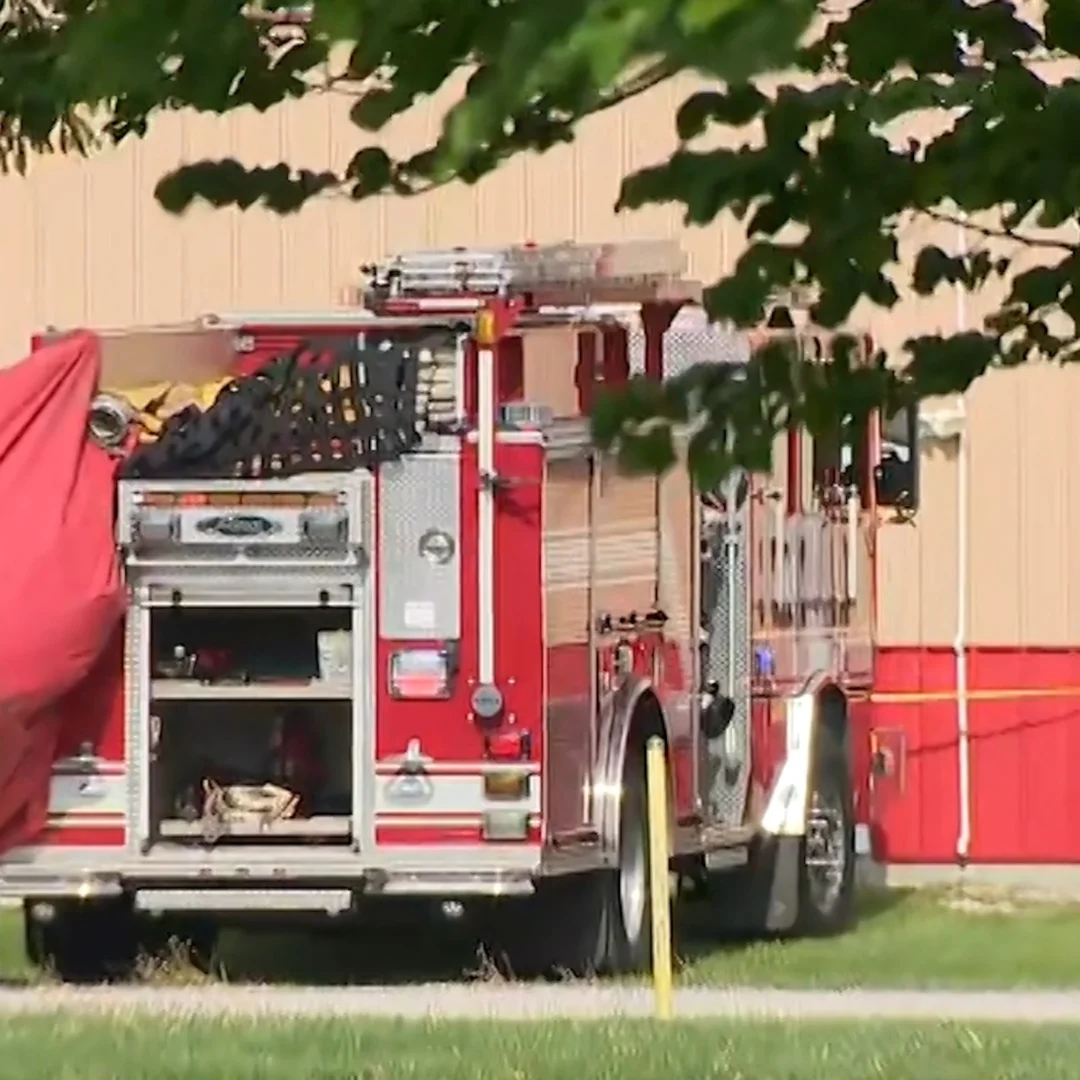
Feeding a Future Legend: The Innovative Care of a New Jersey Zoo’s Baby Vulture
In a remarkable display of creative animal care, a New York zoo is feeding a baby vulture with an intricately designed hand puppet. This approach not only ensures the survival of the rare hatchling but also employs a time-tested method to prevent the young bird from forming an inappropriate bond with human caregivers.
The Bronx Zoo has stepped into the spotlight with its innovative feeding strategy for this king vulture, a species notorious for neglecting its chicks. According to Curtis Cerbini, the Bronx Zoo Curator of Ornithology, this unique technique has been in place for more than four decades, originally implemented to successfully raise Andean condor chicks for their eventual release into the wild.
During feeding sessions, zoo staff don a puppet designed to closely resemble a real vulture, from its striking beak to its feathered face. This careful replication allows the chick to receive essential nourishment without the risk of becoming too familiar with its handlers. "At this stage of development, our animal care staff are feeding the chick...with the Bronx Zoo-made puppet once a day to ensure it does not imprint on humans," Cerbini explained. This significant precaution is crucial since imprinted birds often struggle in the wild, confusing humans for their species.
A fascinating aspect of this story is not just the methodology of care, but the goal behind it. The zoo is striving to extend the genetic legacy of the chick's elderly father, who at 55 years old, has limited offspring—only one other living chick. This baby represents a priceless opportunity to contribute to the conservation of the king vulture, a species that plays a pivotal role in the ecosystem by cleaning carcasses and preventing the spread of disease.
In addition to the hand-feeding, the vulture chick's development is bolstered by proximity to an adult king vulture placed in an adjacent enclosure. This measure allows the chick to observe natural behaviors, fulfilling its behavioral and social learning needs even though it is being raised in a rather unconventional way.
As the Bronx Zoo continues its commitment to the king vulture's success, the world watches closely. This extraordinary chick not only marks the first hatchling of its species at the zoo since the 1990s but also encapsulates a pivotal moment in wildlife conservation efforts. Will this careful and innovative approach bear fruit? Only time will tell, but it's a promising venture into the complexities of nurturing our planet's wildlife.
We invite readers to share their thoughts on this remarkable story of animal care. What do you think about using hand puppets in wildlife rehabilitation? Your comments could tell us more about the diversity of perspectives on conservation efforts.